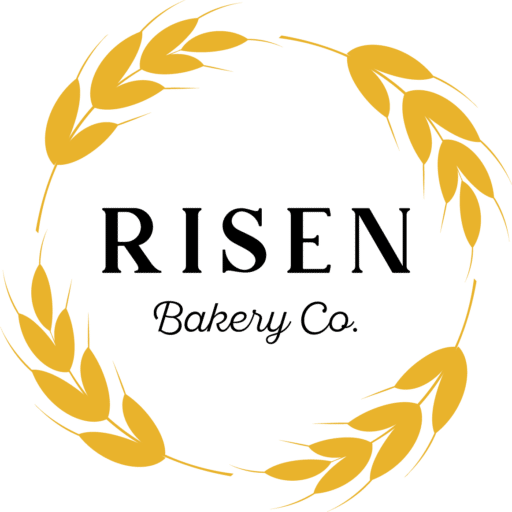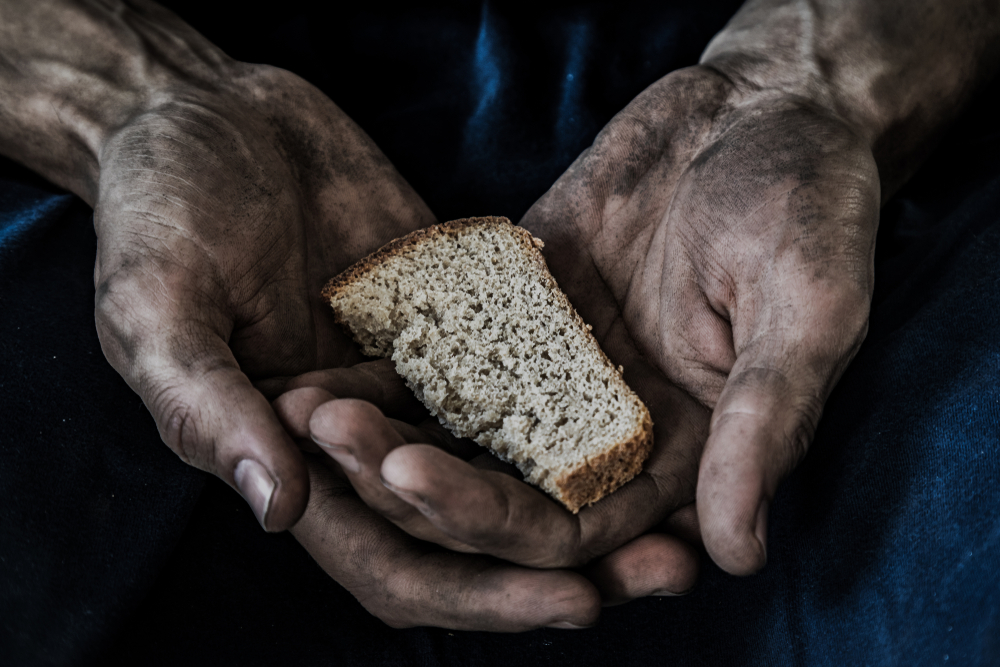Hunger in America—it’s a problem that shouldn’t exist in one of the wealthiest countries in the world. Yet, millions of people go hungry while our government spends billions on food assistance programs that never quite seem to solve the issue. But what if I told you that the answer to ending hunger was sitting right in front of us, behind bars, wearing orange jumpsuits? Sounds wild, right? Stick with me.
Bread Behind Bars: A Crazy Yet Simple Idea
Picture this: inmates baking fresh, nourishing bread—like our Daily Loaf—every day and food banks distributing it to families in need. We could provide nutritious food while giving prisoners valuable job skills. Two birds, one stone.
The U.S. prison system houses over 1.2 million people, many of whom are already participating in prison labor programs. Instead of having them make license plates or other low-impact items, why not have them bake bread? Not only would this provide a consistent food source for those in need, but it could also reduce recidivism rates by giving inmates a purpose and valuable skills.
The Hard-Hitting Facts
- 34 million Americans struggle with food insecurity, including 9 million children.
- Food assistance programs cost over \$100 billion annually, yet people still go hungry.
- The average prison spends \$3 per day per inmate on food, and yet, many prisoners are still underfed or malnourished.
- 1.2 million prisoners participating in this program could easily produce millions of loaves of bread per week.
How Would This Actually Work?
The idea is simple: set up baking programs in prisons, supply them with bulk wheat berries, and create a streamlined distribution system through food banks and local community centers. The funding? A mix of government food program reallocations, private donors, and possibly even corporate sponsorships (imagine “Bread for Change” brought to you by your favorite organic food company).
Prison food budgets are already allocated, but this system could *reduce* costs by making prisons partially self-sustaining while simultaneously providing food for others. Plus, food banks are already equipped to handle large-scale distribution. It’s a plug-and-play model that just needs the right people to say, “Yeah, let’s do it.”
But What About the Concerns?
Critics might say, “Isn’t this forced labor?” No—this would be a voluntary program, providing inmates with meaningful work and job training. Others may argue about food safety, but with the right oversight and sanitation measures, that’s easily solvable. And funding? With the amount we already spend on food aid and prisons, we could reroute a fraction of the budget to cover costs.
To put it in perspective, each year the SNAP (food stamp) program spend \$63 billion (with a B) on food assistance. Based on some rough math this reform plan would only cost around $5-6 billion and would End (with a capital E) hunger in America. Come on!
A Calling to Care
For those of us who believe in a higher purpose, this idea carries even deeper meaning. Jesus called us to care for the hungry and those in prison—what if we could do both at the same time? This isn’t just about fixing a broken system; it’s about restoring dignity, showing compassion, and uplifting those society too often forgets. Every day, I pray for the poor and the helpless in my community, and this vision is born from that conviction.
Starting in America, Expanding Worldwide
Ross County, Ohio, where I live, would be a great place to test this model before scaling up. But ultimately, this concept isn’t just for the U.S.—this could be a global solution. Countries with struggling economies and high incarceration rates could adopt similar programs, turning correctional facilities into centers of food production and rehabilitation.
Are We Really Just Going to Ignore This Solution?
If we’re serious about ending hunger, we have to think outside the box. There’s no reason millions should go hungry when we have the resources, manpower, and infrastructure to fix it. So, are we going to keep talking about hunger, or are we going to start baking fresh milled bread?
Let’s end hunger while we Make America Healthy Again.


